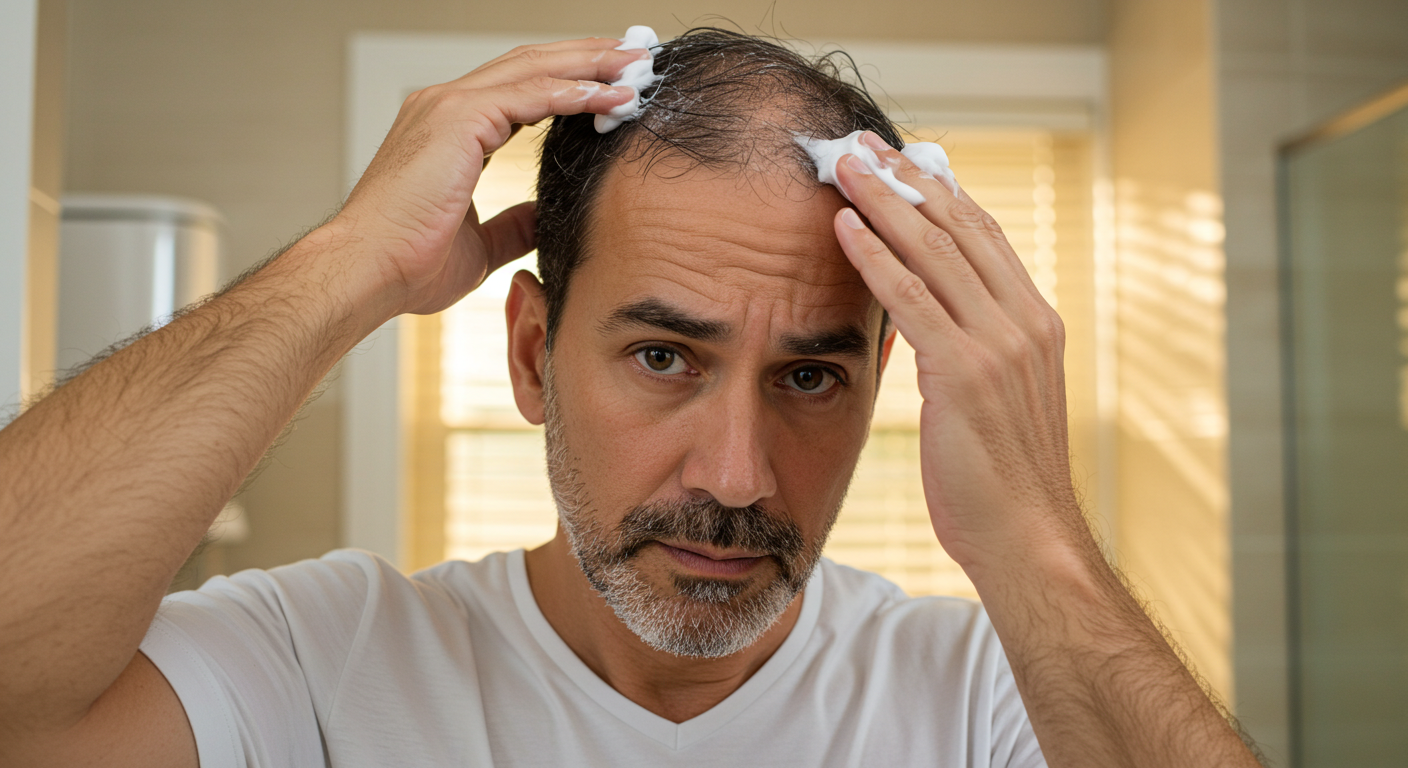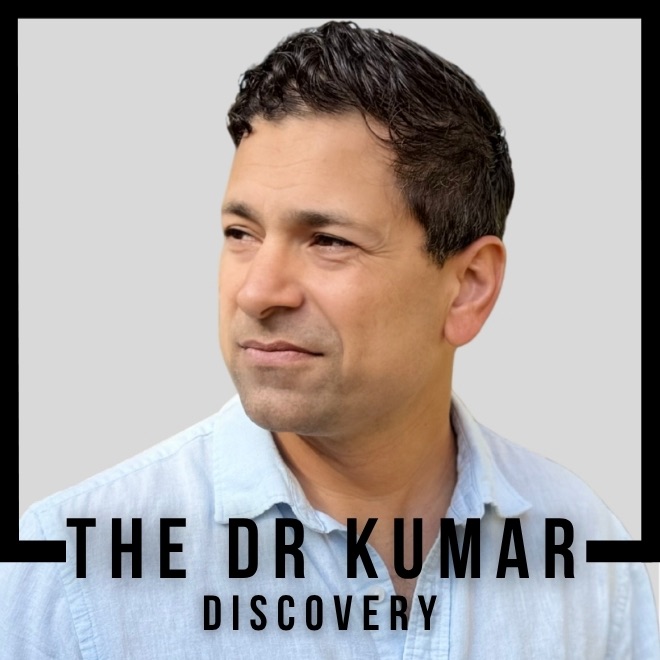Dr. Kumar’s Take:
A comprehensive meta-analysis confirms that minoxidil, finasteride, and low-level laser light therapy (LLLT) are effective for treating androgenetic alopecia (AGA). These treatments significantly improve hair density, thickness, and overall hair growth compared to placebo. However, some potential biases exist due to industry-funded studies.
Brief Summary:
A systematic review and meta-analysis evaluated the efficacy of FDA-approved and FDA-cleared nonsurgical treatments for androgenetic alopecia in men and women. The study analyzed 23 randomized controlled trials (RCTs) and found that minoxidil, finasteride, and LLLT significantly outperformed placebo treatments. Hair density increased by:
✔ Finasteride (1 mg daily): 18.37 hairs/cm²
✔ LLLT: 17.66 hairs/cm²
✔ 5% Minoxidil (twice daily): 14.94 hairs/cm²
✔ 2% Minoxidil (twice daily): 8.11 hairs/cm² in men, 12.41 hairs/cm² in women
Key Takeaways:
✔ All treatments were superior to placebo in promoting hair growth (P < .00001).
✔ Finasteride showed the highest increase in hair density among men.
✔ LLLT demonstrated similar efficacy to finasteride, making it a viable non-pharmaceutical option.
✔ Minoxidil remains effective for both men and women.
✔ Few serious side effects were reported, though some participants experienced decreased libido with finasteride.
Study Design:
This meta-analysis included 23 RCTs that met strict quality criteria. The studies examined male and female participants with AGA, comparing treatment groups to placebo controls. Hair density (hairs/cm²) was the primary outcome, with additional assessments of thickness and anagen:telogen ratio. A random-effects model was used due to variability among studies.
Results:
✔ Finasteride led to the greatest increase in hair density (18.37 hairs/cm²).
✔ LLLT performed comparably to finasteride (17.66 hairs/cm²).
✔ Minoxidil (5% and 2%) increased hair count significantly, with higher concentrations yielding better results.
✔ No major adverse effects were reported, but finasteride was linked to mild sexual side effects.
✔ Potential publication bias was noted, as studies with negative results might not have been published.
How These Treatments Work for Hair Loss:
- Finasteride: A 5-alpha-reductase inhibitor that reduces dihydrotestosterone (DHT), slowing hair follicle miniaturization.
- Minoxidil: A vasodilator that increases blood flow to hair follicles and prolongs the anagen (growth) phase.
- LLLT: Stimulates hair follicles via photobiomodulation, improving cellular metabolism and hair density.
Related Studies and Research
For a deeper dive into specific treatment methods for androgenetic alopecia, explore these research-backed approaches:
- Low-Level Light Therapy: Mechanisms and Effectiveness – A closer look at photobiomodulation and its role in hair regrowth.
- Microneedling for Hair Growth: Science and Results – How controlled skin injury can stimulate hair follicle regeneration.
- Minoxidil, Finasteride, and Dutasteride: A Comparative Review – Understanding the mechanisms, efficacy, and side effects of key pharmaceutical treatments.
- Saw Palmetto and Hair Growth: Natural DHT Inhibition – Examining how saw palmetto may block DHT and support hair preservation.
Frequently Asked Questions:
How long does it take to see results?
Most participants in the analyzed studies saw measurable improvements within 16-24 weeks, with continued benefits over time.
Are there any side effects?
- Finasteride: Some users reported mild sexual side effects, including decreased libido.
- Minoxidil: Occasional scalp irritation or shedding during initial use.
- LLLT: No major side effects reported, making it a promising alternative.
Can women use these treatments?
- Minoxidil (2%) is FDA-approved for women and demonstrated significant improvements in hair density.
- Finasteride is not commonly prescribed to women due to its hormonal effects.
- LLLT is a viable option for both men and women.
How do these treatments compare to hair transplants?
These treatments help slow hair loss and improve density but do not restore lost follicles. Hair transplantation remains the most effective permanent solution for advanced hair loss.
Conclusion:
This meta-analysis provides strong evidence supporting the effectiveness of minoxidil, finasteride, and LLLT for androgenetic alopecia. Finasteride and LLLT showed the most significant hair density improvements, while minoxidil remains a solid option for both men and women. These treatments offer a range of options for individuals looking to combat hair loss, but potential biases in the studies suggest the need for further independent research.


